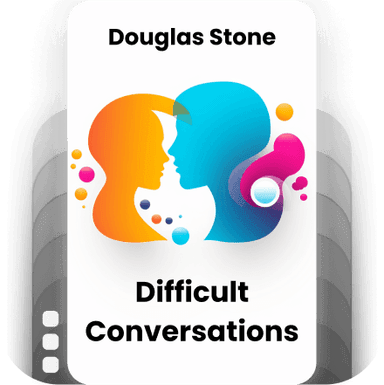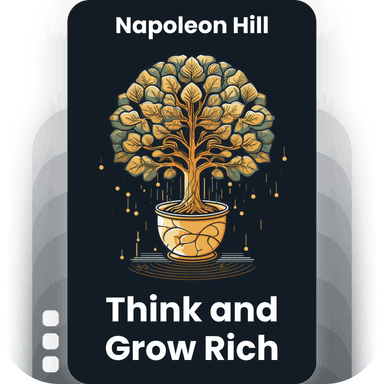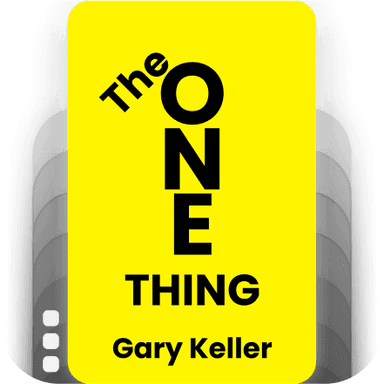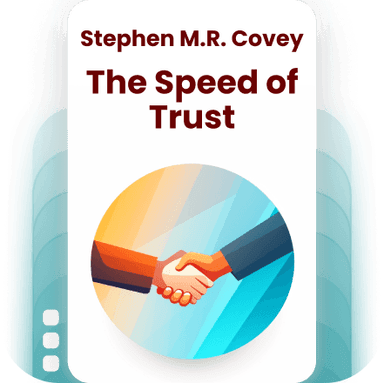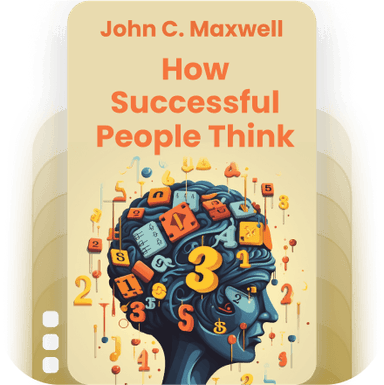
The Innovator's Dilemma
Clayton M. Christensen
4.2 - 5 ratings
10
List Points
10
Chapters
5
Topics
Description
Clayton M. Christensen's influential work explores why successful companies often fail to adapt to disruptive technologies and market changes. The book introduces the concept of 'disruptive innovation,' explaining how new entrants with simpler, more affordable solutions can displace established leaders. Christensen argues that incumbents focus too much on sustaining innovations that meet the needs of their most profitable customers, thereby overlooking emerging markets and technologies that eventually redefine industries. The author provides strategies for companies to recognize and capitalize on disruptive opportunities to ensure long-term success and adaptability.
What will you learn?
Clayton M. Christensen's groundbreaking work delves into the paradox where successful, well-managed companies can still lose their market leadership, or even fail altogether, when faced with disruptive innovations. By reading this book, you'll learn why excellent managers in top-tier firms often overlook groundbreaking technologies and how those very innovations can revolutionize industries. Christensen provides a detailed examination of the mechanisms that drive these dynamics and offers practical strategies for navigating and capitalizing on disruptive changes, ensuring that organizations can foster innovation without sacrificing stability or existing strengths.
Who’s it for?
• Business leaders seeking to understand disruptive innovation.
• Entrepreneurs looking to navigate market changes.
• Managers in established companies aiming to foster innovation.
• Academics and students studying business strategy.
• Investors analyzing future market trends.
Categories
Key Learning
Available chapters to listen for this topic- 1
Disruptive Innovation and Industry Transformation
Understanding how technology drives market changes by creating new industries or transforming existing ones. Explore the mechanisms through which new companies with disruptive technologies topple established companies. - 2
Identifying the Innovator’s Dilemma
Recognizing the challenges that successful companies face when newer, disruptive technologies threaten to render existing business models obsolete. Assess why good management practices can lead to failure in the face of disruptive innovation. - 3
Sustaining vs. Disruptive Technologies
Differentiate between sustaining technologies, which improve existing products, and disruptive ones, which create new market opportunities and often underperform initially compared to established products. - 4
The Role of Value Networks in Innovation
Discover how companies create and deliver value to customers within different networks and how these networks implicate the introduction and success of disruptive technologies. - 5
The Mechanisms of Market Entry and Growth
Analyse how new entrants using disruptive technologies initially target underserved or niche markets and gain a foothold, ultimately moving upmarket to challenge industry incumbents. - 6
Case Studies in Disruption
Examine detailed case studies of companies like IBM, Seagate, and Honda to understand how they either failed or succeeded in the face of disruptive innovation. - 7
Managing Disruption Within Organizations
Explore strategies for established companies to manage innovative projects, including structural separation and the creation of autonomous business units. - 8
The Limits of Traditional Market Research
Understand how traditional market research methods often fail to identify the potential of disruptive technologies due to their focus on current customer needs and established market trends. - 9
R&D Investments and Disruptive Potential
Investigate how firms should allocate resources between sustaining innovations and potentially disruptive technologies to ensure long-term survival and competitiveness. - 10
Organizational Culture and Embracing Innovation
Explore how fostering a culture that encourages experimentation, tolerates failure, and rewards innovative thinking is essential for companies to adapt and thrive amidst disruptive changes.


